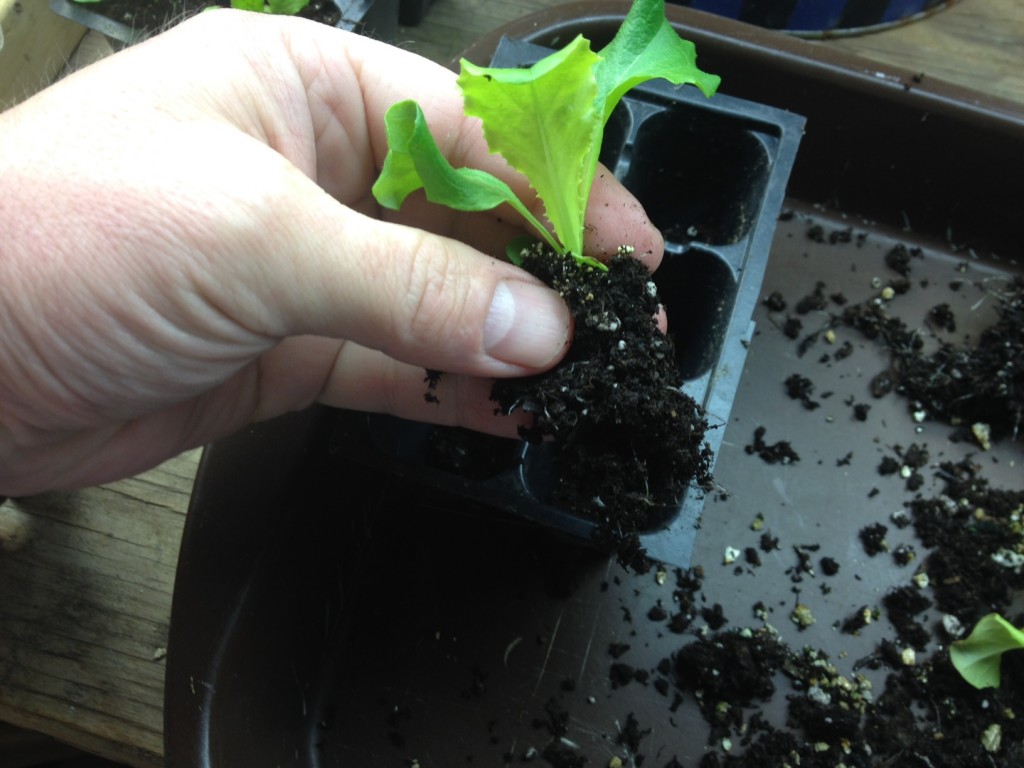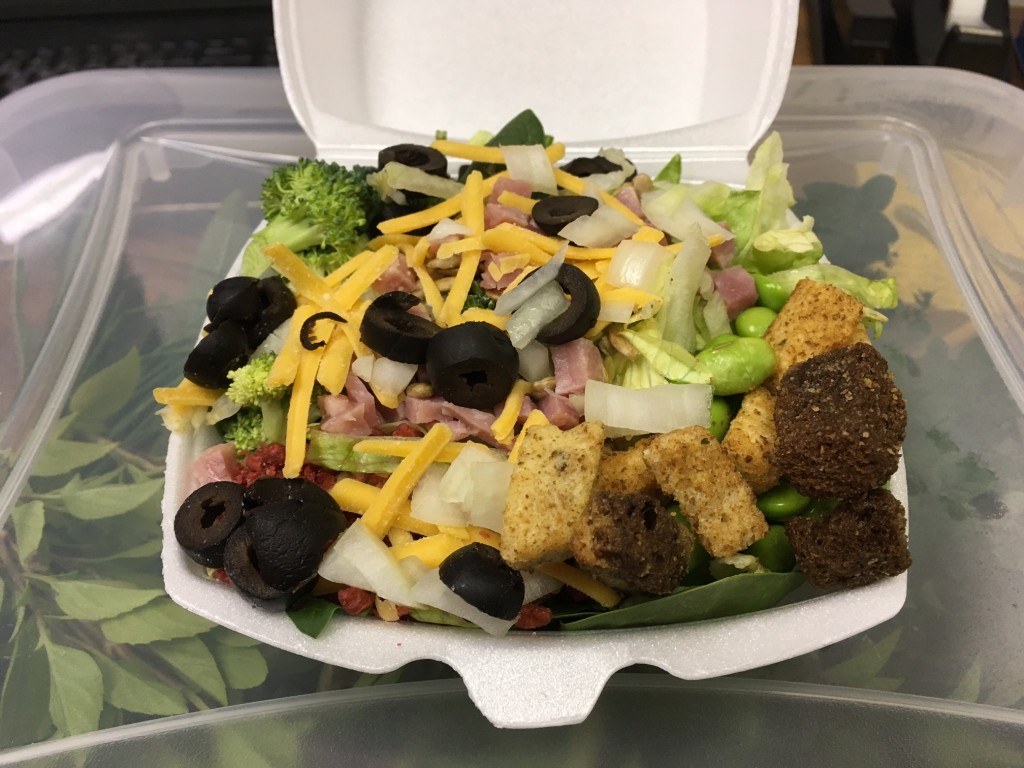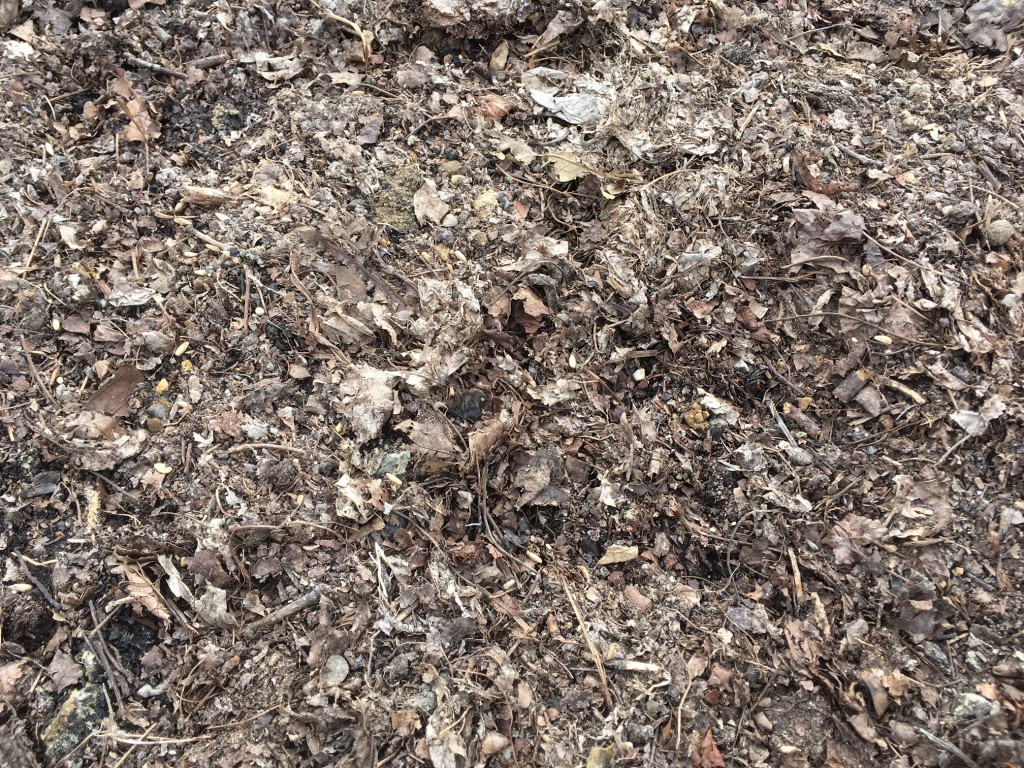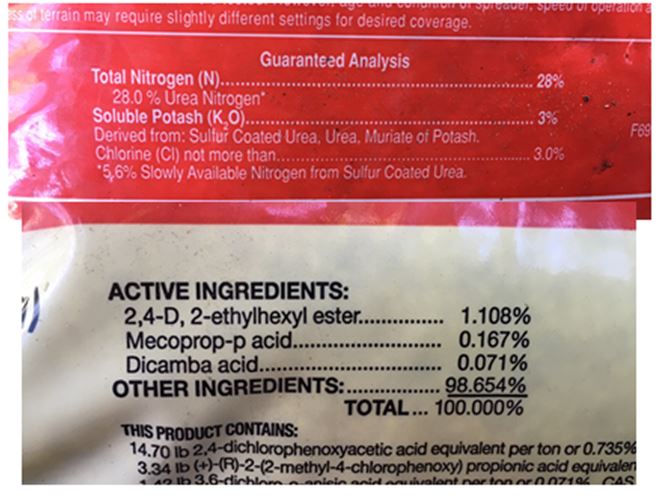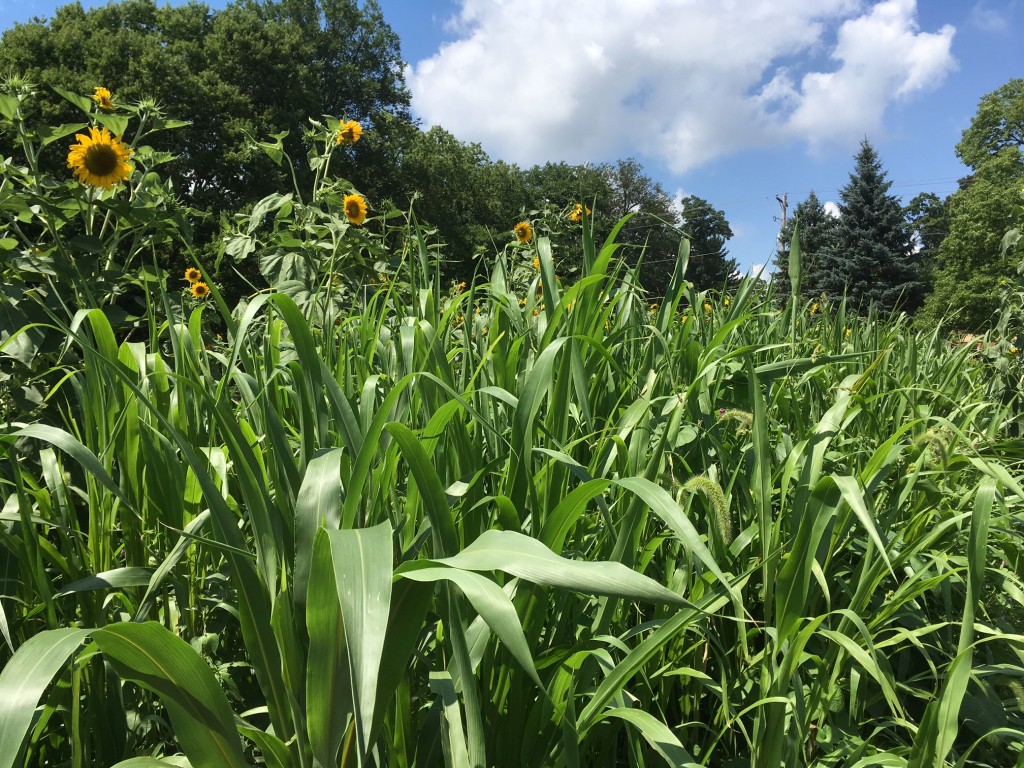In preparation for the upcoming growing year and with projects at:
- The Urban Farm at Southeast Ohio Kitchen
- Children’s Educational Garden here at the Fairgrounds
- Hocking Valley Community Hospital courtyard garden
- Seed Starting at Bishop Educational Gardens
I decided I needed a spot to grow as many of the vegetable starts myself as I could. I have started my own seeds for decades. I think it is one of the most rewarding and inexpensive ways to maximize what you grow and how much you grow and it allows you to pick whatever is in a seed catalog and not have to rely on sale at a plant store. The economy of scale is simple:
$2 = One head of lettuce = one six pack of lettuce transplants = one packet of 1000 lettuce seeds = $2
So I am going to show how you can make your own grow station at home.
First thing to do is to pick your spot. Mind it needs to have close electric. You also need access to water to water your plants. Shop lights are four feet long so factor that in. You also need to watch how cold or hot your spot gets. This is a table top spot I am going to use in my office. Water is halfway close across the hall, electric is right there.

Table top area is 2′ x 4′. Has a socket right next to it. Perfect size to fit three flats without crowding.
I needed to build a frame that will allow me to hang the shop lights. The lights are the cheapest 4 foot shop lights from Home Depot or Lowe’s that you can find. I will splurge on the bulbs as the amount of light is critical. I just cut some wood and used the chains and hooks that came with the lights to hang them. I set the lights at one height and then move the plants. Much easier that way.
Then I hooked up the lights using a basic timer and a power strip. The timer is set for 15 hours of sun, which is basically mid-summer. One common problem many have if they grow at home is not enough light. You are trying to mimic the effect of the sun in summer. There are no windowsills in Ohio sunny enough in March and April to grow tomatoes, they will get leggy and do poorly.
Then I started some seeds. Why not? I have a seed starting class coming up at Bishop Educational Gardens and I will need to bring plants at many growth stages to have good examples.

Lettuce and Asian cabbages are great plants to start with when you are learning to start seeds. They germinate rapidly and reliably and take to transplanting very well.
A little bit on what bulbs to buy. You are trying to mimic daylight in terms of brightness and spectrum. When I first started growing there was only one choice of bulb and it worked OK. Now you have many. I bought highest on the Kelvin scale which is basically looking at the “color temperature” of light. The daylight one is the best for new seedlings. If I was going to full maturity on plants or trying to get fruit in my basement or office I would mix up the bulbs a bit to get a fuller spectrum but since the plants finish under the sun, I am only looking for a great start.
LED’s are out there that would do a great job too. They are out of my budget right now but I am looking forward to using them in the future due to their extreme long life.
I will be able to start and grow hundreds of transplants to use in area gardens with this technique.
So now I have some awesome mood lighting in my office. Stop by and take a look if you want. I will post updates on growth as it happens.





